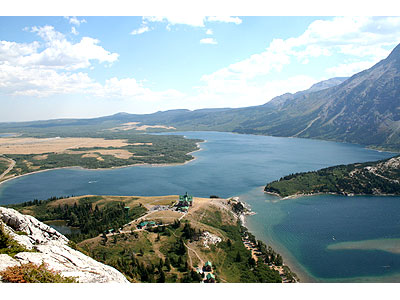Water has served as the subject and stimulus for many different types of art such as painting, music, and literature and, in several instances, has provided the main subject of the artist’s studies.
Water has been represented in many different ways, sometimes as a symbol or in a stylized form; at other times efforts were made to capture the realistic nature of water, as was the case during the Renaissance in late 15th-century western art.
Often, art has served water cults, contributing images that personify both the physical and metaphysical aspects of water and numerous water divinities.

Some artists were interested in water itself. One of these was Leonardo da Vinci, who was fascinated by water and studied it both as an artist/scientist and as a hydrological engineer. Others attempted to illustrate the qualities water conveyed literally, metaphorically, symbolically, or allegorically in mythology, religion, and folklore.
Read more


